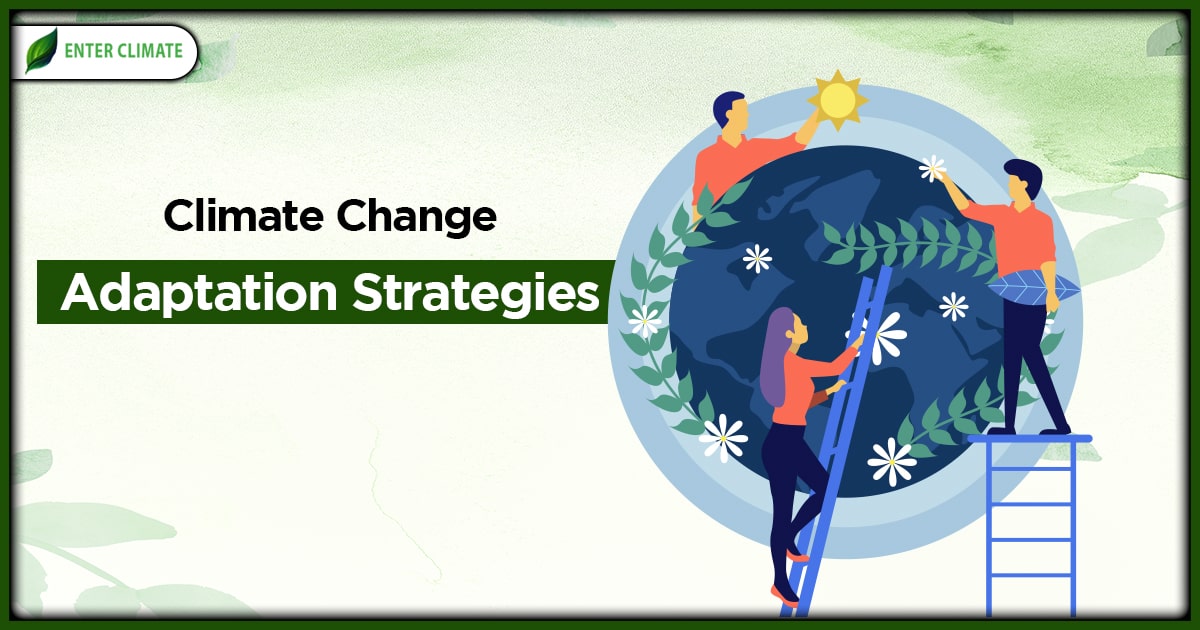Child Sexual Abuse at Illinois Juvenile Detention Centers: A Report on Pervasive and Systemic Abuse
Introduction
A lawsuit filed on Monday by 95 men and women who were once housed as children in Illinois juvenile detention centers reveals a disturbing pattern of pervasive and systemic child sexual abuse that persisted for decades. The lawsuit spans from 1996 to 2017 and includes accounts of gang rape, forced oral sex, beatings, and groping of children by various personnel at nine youth centers. The plaintiffs allege that they were threatened or rewarded to keep silent about the abuse.
The State’s Failure and Allegations of Abuse
The 186-page complaint asserts that the State of Illinois allowed a culture of abuse to thrive within its youth centers. The lawsuit, filed in the Illinois Court of Claims, accuses the state of failing to supervise, discipline, remove, or investigate alleged abusers, thereby enabling the abuse to persist. The incidents of abuse reportedly occurred in youth centers located throughout the state, including Chicago, Joliet, Harrisburg, Murphysboro, and Warrenville. While some of these locations have since closed, the lawsuit seeks damages of approximately $2 million per plaintiff, the maximum amount allowed under the law.
Similar Cases and Defendants
This lawsuit follows similar allegations of child sex abuse at juvenile detention centers in Maryland, New Jersey, New Hampshire, California, and New York City. Some of these cases have gone to trial or resulted in settlements, although arrests have been infrequent. The defendants named in the Illinois lawsuit include the state of Illinois, the state’s Department of Corrections, and the Department of Juvenile Justice.
Response from the Department of Juvenile Justice
In response to the allegations, the Department of Juvenile Justice stated that the alleged incidents occurred under previous department leaders. The current administration emphasizes its commitment to youth safety and asserts that all allegations of staff misconduct are promptly and thoroughly investigated in collaboration with other agencies, including the state police.
Plaintiffs’ Stories and Alleged Offenders
The 95 plaintiffs in this lawsuit represent only a fraction of the victims of sexual abuse at Illinois detention centers. According to their attorney, Jerome H. Block, more lawsuits are expected to be filed. The plaintiffs recount their experiences of abuse, with one victim, Jeffery Christian, publicly coming forward to shed light on the issue and potentially help others who may be suffering in silence. Christian, who was sexually abused at two different detention centers starting at the age of 13, emphasizes that reporting the abuse made him a target and profoundly affected his well-being.
The lawsuit identifies several alleged repeat offenders among the detention center workers, including Rocky James, who currently serves as the mayor of Eldorado in southern Illinois. Six plaintiffs separately accuse James of abuse during the 2000s. While James denies these allegations, criminal charges may be possible in some of the more recent cases, as there is no statute of limitations on crimes related to the sexual abuse of minors occurring after January 1, 2020.
Systemic Issues and the Need for Change
The complaint attributes the perpetuation of sexual abuse to the state’s use of unconstitutional and systemic strip searches. It argues that the State of Illinois has been aware of such abuse for decades but has failed to protect confined youth and implement necessary policies to prevent such abuse. The lawsuit highlights a 2013 survey by the U.S. Department of Justice, which ranked Illinois among the four worst states in the country for sexual abuse in detention facilities. It also references several criminal cases from 2000 to 2021 where youth center employees were convicted of sexually abusing children, suggesting that the abuse continues to this day.
Vulnerability of Detained Children and the SDGs
The plaintiffs, who were detained as children, were particularly vulnerable to sexual abuse due to the complete control that detention center staff had over them. This issue aligns with the United Nations Sustainable Development Goals (SDGs), specifically Goal 16: Peace, Justice, and Strong Institutions. Goal 16 aims to promote peaceful and inclusive societies, provide access to justice for all, and build effective, accountable, and inclusive institutions at all levels. The allegations of child sexual abuse in Illinois juvenile detention centers underscore the urgent need for reforms to protect the rights and well-being of detained children.
Conclusion
The lawsuit filed by 95 men and women who experienced child sexual abuse in Illinois juvenile detention centers sheds light on a deeply troubling pattern of abuse that persisted for decades. The allegations highlight systemic failures in supervision, discipline, and investigation within the state’s youth centers. As these survivors seek justice and accountability, it is crucial to address the underlying issues and work towards comprehensive reforms that align with the SDGs, particularly Goal 16. Only through such reforms can we ensure the safety and well-being of detained children and prevent future instances of abuse.
Associated Press writer John O’Connor contributed to this report from Springfield.
SDGs, Targets, and Indicators
1. Which SDGs are addressed or connected to the issues highlighted in the article?
- SDG 5: Gender Equality
- SDG 16: Peace, Justice, and Strong Institutions
The article discusses child sexual abuse at Illinois juvenile detention centers, which is a violation of children’s rights and a form of gender-based violence. It also highlights the failure of the state to address and prevent the abuse, indicating a lack of strong institutions and justice for the victims.
2. What specific targets under those SDGs can be identified based on the article’s content?
- Target 5.2: Eliminate all forms of violence against all women and girls in public and private spheres, including trafficking and sexual and other types of exploitation.
- Target 16.2: End abuse, exploitation, trafficking, and all forms of violence against and torture of children.
- Target 16.3: Promote the rule of law at the national and international levels and ensure equal access to justice for all.
The article highlights the pervasive and systemic nature of child sexual abuse at the Illinois juvenile detention centers, which aligns with the targets mentioned above. The abuse described in the article represents violence against children and girls in particular.
3. Are there any indicators mentioned or implied in the article that can be used to measure progress towards the identified targets?
- Indicator 5.2.1: Proportion of ever-partnered women and girls aged 15 years and older subjected to physical, sexual, or psychological violence by a current or former intimate partner in the previous 12 months.
- Indicator 16.2.3: Proportion of young women and men aged 18-29 years who experienced sexual violence by age 18.
- Indicator 16.3.1: Proportion of victims of violence in the previous 12 months who reported their victimization to competent authorities or other officially recognized mechanisms.
The article mentions incidents of child sexual abuse from 1996 to 2017, indicating a timeframe for measuring progress. The indicators mentioned above can be used to measure the prevalence and reporting of violence against children and girls, which are relevant to the targets identified.
SDGs, Targets, and Indicators
| SDGs | Targets | Indicators |
|---|---|---|
| SDG 5: Gender Equality | Target 5.2: Eliminate all forms of violence against all women and girls in public and private spheres, including trafficking and sexual and other types of exploitation. | Indicator 5.2.1: Proportion of ever-partnered women and girls aged 15 years and older subjected to physical, sexual, or psychological violence by a current or former intimate partner in the previous 12 months. |
| SDG 16: Peace, Justice, and Strong Institutions | Target 16.2: End abuse, exploitation, trafficking, and all forms of violence against and torture of children. | Indicator 16.2.3: Proportion of young women and men aged 18-29 years who experienced sexual violence by age 18. |
| Target 16.3: Promote the rule of law at the national and international levels and ensure equal access to justice for all. | Indicator 16.3.1: Proportion of victims of violence in the previous 12 months who reported their victimization to competent authorities or other officially recognized mechanisms. |
Copyright: Dive into this article, curated with care by SDG Investors Inc. Our advanced AI technology searches through vast amounts of data to spotlight how we are all moving forward with the Sustainable Development Goals. While we own the rights to this content, we invite you to share it to help spread knowledge and spark action on the SDGs.
Fuente: apnews.com

Join us, as fellow seekers of change, on a transformative journey at https://sdgtalks.ai/welcome, where you can become a member and actively contribute to shaping a brighter future.






